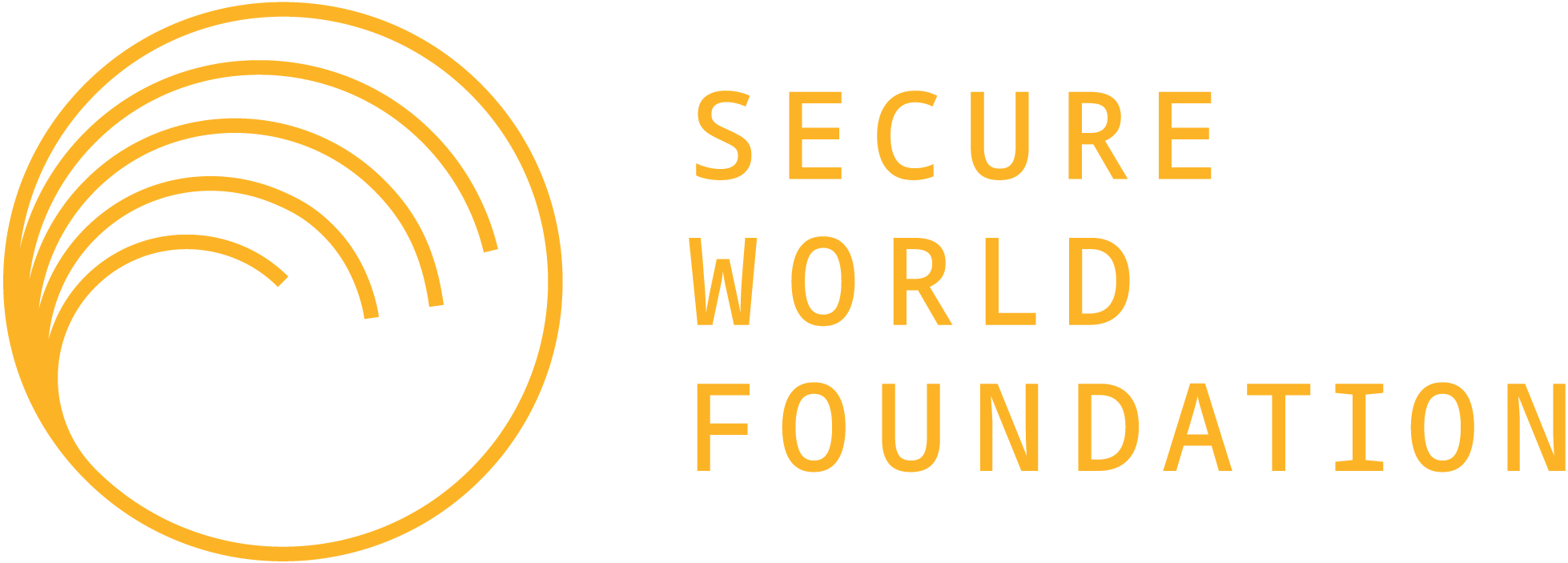Insight - Improving Global Space Situational Awareness Capabilities More Critical Than Ever
Thursday, November 3, 2022
Sometimes it can be difficult to observe change that is happening right under our feet unless we take a step back to reflect on the recent past. Six years ago, we posted an Insight piece on the challenges posed by the lack of space situational awareness (SSA) to handle the growing number of small satellites. At the time, there were approximately 1,400 active satellites in Earth orbit that were performing more than 100 maneuvers per year to minimize the risks of collisions in space. Today, the number of active satellites has grown to more than 6,900 and the largest constellation, SpaceX’s Starlink, is performing several thousand automated avoidance maneuvers everya year.
This rapid growth in the number of satellites in orbit and growing concern about the resulting congestion in space was reflected by the record number of attendees at this year’s Advanced Maui Optical and Space Surveillance (AMOS) Conference, which has been held annually in Maui, Hawaii, for the last twenty years. The AMOS Conference is the largest global conference dedicated to advancing SSA capabilities, which enable humanity to better characterize the space environment and carry out space activities in a safe and efficient manner. SWF has been a sponsor at AMOS for the last ten years as part of contributing to a safer and more stable space environment by promoting the provision of, and access to, improved information about the space environment and space activities.
As part of our sponsorship, SWF once again helped organize the Policy Forum keynotes and panel discussions that lead off each day of the AMOS Conference. This year, we focused on three emerging topics that we felt needed broader visibility among the SSA community. The first, “Using SSA to Verify Future Space Security Agreements," discussed how SSA might be used to help monitor or verify the various threats and proposals being discussed or proposed as part of the multilateral discussions on space security taking place within the United Nations’ Open Ended Working Group (OEWG) on Reducing Space Threats. Many countries participating in the OEWG see verification as a key requirement for any serious discussion of a future legally-binding agreement addressing space security, including space arms control, yet there has not yet been much thought put into what a verification regime for such agreements might look like.
The role of SSA in verification of future space security agreements was also the topic of this year’s AMOS Dialogue, an annual side event designed to foster multi-stakeholder discussion on specific SSA topics. Each invite-only AMOS Dialogue brings together a small, group of experts to discuss a specific topic in detail, such as dialogue between SSA providers and end users, collaboration between governmental and non-governmental SSA providers, and addressing gaps in space traffic management capabilities. This year, the Dialogue continued the discussion on verification that began during the Policy Forum and brought together government and commercial SSA providers, along with experts in astrodynamics, arms control, verification, and satellite operations to discuss what SSA capabilities currently exist, what would be necessary to develop a future verification framework, and what “verification” means to different communities and disciplines.
The second AMOS Policy Forum panel was called, “Is Orbital Carrying Capacity a Useful Metric?” It summarized recent work by SWF to bring together international researchers working on the topic of carrying capacity to better understand where that research stands and how it might be applied to public policy discussions on large constellations. The panel discussed multiple ways to look at carrying capacity, including from a population perspective, an astrodynamics packing perspective, and an economic behavior perspective, and also several ways to incent satellite operator behavior towards more sustainable practices. The panel also highlighted how there was still a lot of work yet to be done, particularly on translating between the different perspectives, before these concepts are ready to be integrated into public policy decisions.
The third AMOS Policy Forum topic was on “The European Perspective on Space Traffic Management,” which provided an overview of the Joint Communication issued by the European Commission and the High Representative of the Union for Foreign Affairs and Security Policy in February 2022. The panel discussed the impetus for the EU’s recent focus on space traffic management (STM) and the policy approach Europe will be taking on developing its approach to STM. Notably, they discussed how the European approach is largely similar to the approach outlined by the United States in Space Policy Directive 3, issued by the Trump Administration in June 2018 and subsequently endorsed by the Biden Administration. Additionally, the panel discussed how Europe has developed its own SSA capabilities through the Space Surveillance and Tracking (SST) Programme, how those data and services will be made publicly available in 2023, and how the EU is in discussions with the United State about future data sharing agreements.
These three topics will continue to be important areas of focus for not only SWF but also the space community over the next few years. All three are areas where there has been at least some work done to date, but much more work will be needed to refine concepts and develop concrete proposals that can be implemented. All three also are highly dependent on global cooperation and engagement between all space-faring countries, and will require improving global SSA data sharing and capacity to ensure that space is accessible to and usable for all over the long-term.

 Share
Share